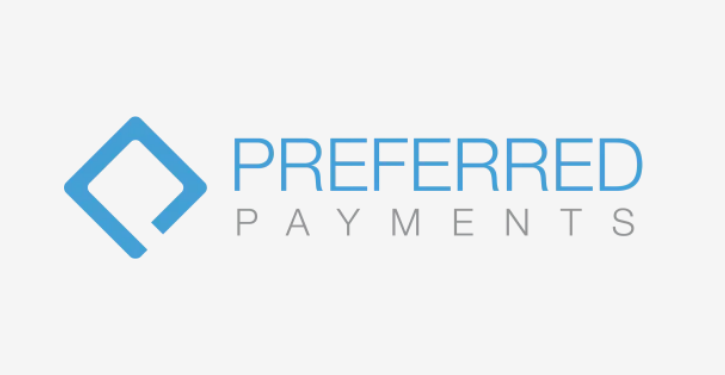Interchange Optimization: How B2B Can Lower Credit Card Processing Rates

Written by Preferred Payments
Lowering the costs for credit card acceptance is a win for any business. Business owners can attempt to cut down costs by negotiating a better rate with their merchant provider or switching to a new one. However, B2B businesses have a unique advantage. If you’re B2B, this one hack can save you up to 40% in processing fees every month.
The Basics
You first need to know interchange. Interchange rates are the fees charged by credit card companies (Visa/MasterCard, Discover, Amex, etc.). Every time a card is run, the associated brand takes a small percentage of the transaction, which makes up the bulk of your monthly processing fees. This "hack" focuses entirely on lowering interchange rates – which can save businesses hundreds and sometimes thousands in monthly fees.
The Problem
B2B customers often make purchases with corporate, commercial, and purchasing cards. Take a construction company, for example. The general contractor may issue a few company purchasing cards to their employees to pick up materials from suppliers. Interchange goes way up for these corporate card types and can sometimes be 1%-2% higher than average interchange rates. High ticket sales are also common in the B2B landscape, so these high interchange rates could be costing thousands of dollars on a single transaction.
The Solution
Simply put, interchange on corporate, commercial, and purchasing credit card transactions can be cut down, which all comes down to passing more information to the credit card brands. Common credit card transactions pass a set of basic information about the cardholder and merchant. This common set of data is referred to as Level 1 (L1) data and only includes information such as:
- Card number
- Expiry date
- CVV2
- Zip code
- Total purchase amount
- Transaction date
- Merchant category code
- Supplier/retailer name
There are also two more levels of B2B data, Level 2 and Level 3 (L2 & L3).
Passing high-level data makes the sale more secure. The more secure your transactions, the less risk there is to the credit card companies, which leads to companies rewarding you with lower interchange.
L2 Data includes:
- All L1 Data
- Sales tax amount
- Customer’s accounting code
- Merchant’s tax ID number
- Applicable minority
- Sales outlet ZIP code
L3 Data includes:
- All L1 and L2 data
- Quantities
- Product codes
- Product descriptions
- Ship to ZIP
- Freight amount
- Duty amount
- Order/ticket number
- Unit of measure
- Extended item amount
- Discount indicator
- Discount amount
- Net/gross indicator
- Tax rate applied
- Tax type applied
- Debit or credit indicator
- Alternate tax identifier
The Conclusion
Credit card processing fees can be a headache and for most businesses, there is no way around paying a card issuer’s interchange rate. However, there is a hack for the B2B industry. Passing L2 and L3 data can significantly lower interchange rates for corporate, business and purchasing credit card transactions. In fact, a few payment processors offer B2B rate optimization as a service to help businesses cut down their processing fees. If you fall under the B2B sector, it may be worthwhile to take a closer look at setting up rate optimization for your business.
© 2019 Preferred Payments – All Rights Reserved


